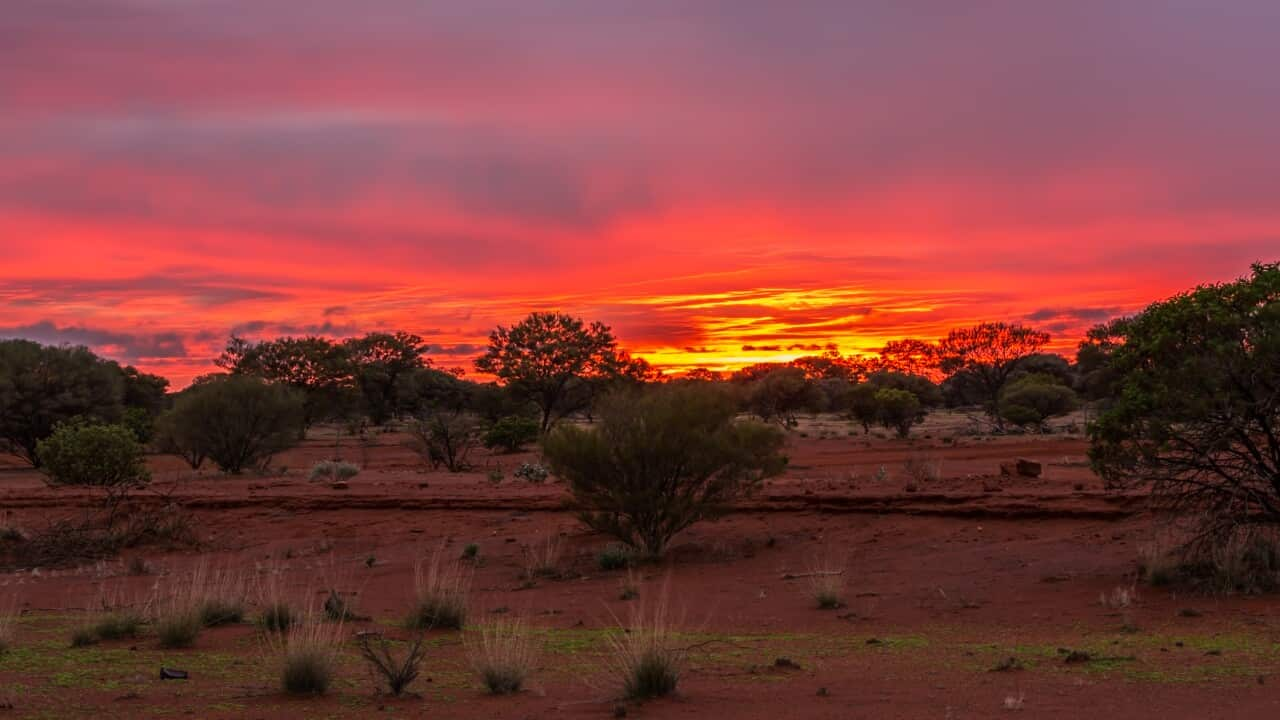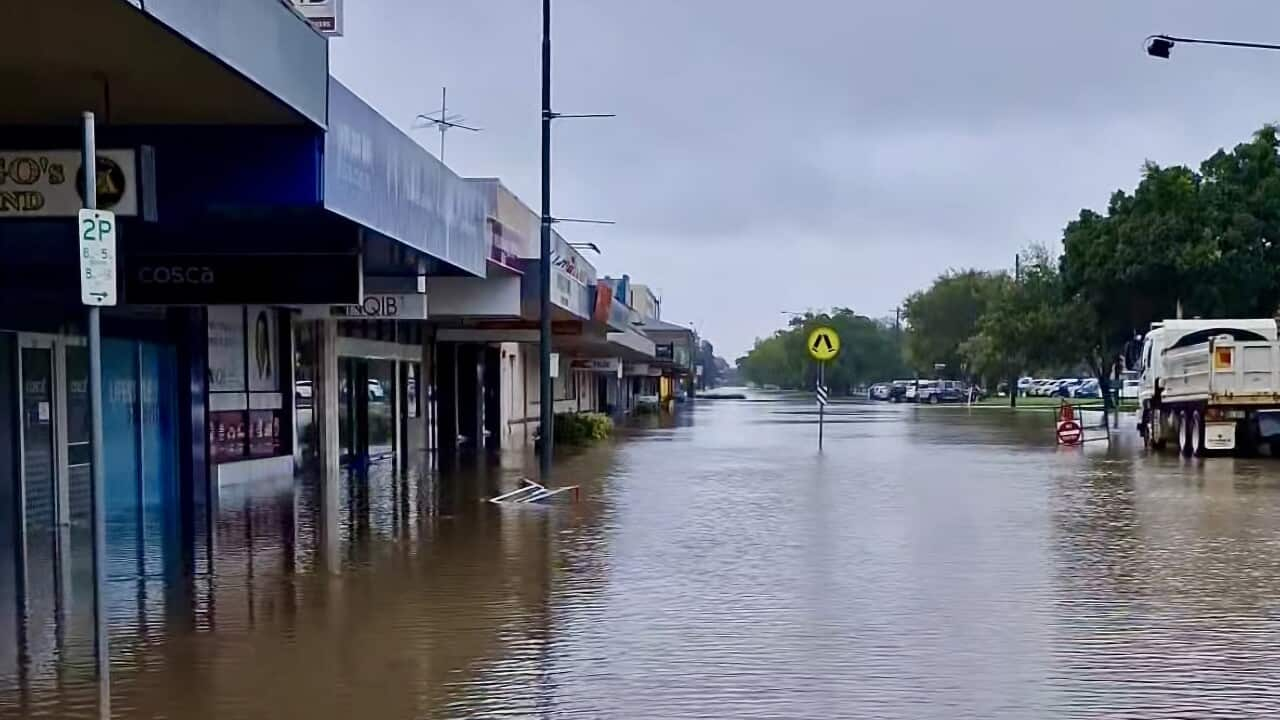A band of intense heat is making its way across the country this week, with temperatures in parts of Western Australia climbing into the 40s and possibly set to hit 50C.
The Bureau of Meteorology (BoM) has issued a for WA, with severe to extreme heat conditions.
The North Interior District of Western Australia will experience , which the BoM describes as a risk for anybody who works or exercises outdoors — even healthy people.
Severe heat warnings have been issued for the Kimberley, Pilbara, Gascoyne, Goldfields, South Interior and Central Wheat Belt Districts.
Weather app Weatherzone has predicted that temperatures could hit 50C in parts of WA this week, with Friday 7 February due to bring particularly intense heat in parts of the state.
Australia has only recorded temperatures of 50C seven times before, with the last reading in 2022.
Low-intensity heatwave conditions will continue through the weekend in parts of all other states and territories.
Heatwaves are the most dangerous natural hazard in Australia and the BoM states that while "older people and very young children are often the most vulnerable, extreme heatwaves can affect anyone's health".
The Red Cross recommends that people in areas experiencing high temperatures stay inside and keep out of the heat as much as possible, avoid sport and heavy exercise during the peak hours of the day, drink plenty of fluids to stay hydrated, and keep houses cool by using external shades or blinds to protect from direct sunlight.
Extreme weather across the country
Australia is experiencing other forms of extreme weather this week, with flooding and heavy rain warnings issued in northern Queensland on Wednesday.
The BoM has issued major flooding warnings for the Herbert River between Cairns and Townsville and other moderate flood warnings have been issued for other catchments in the area.
Parts of the ACT and NSW are set to experience severe thunderstorms and a downpour of hail on Wednesday afternoon following a cool change.
And numerous fires are burning across South Australia, Victoria and Tasmania.
Weatherzone said Australia is experiencing extreme weather conditions due to heat building over the continent and surrounding oceans .
Weatherzone said sea surface temperatures surrounding much of Australia's coastline are 1C to 3C warmer than average right now.


